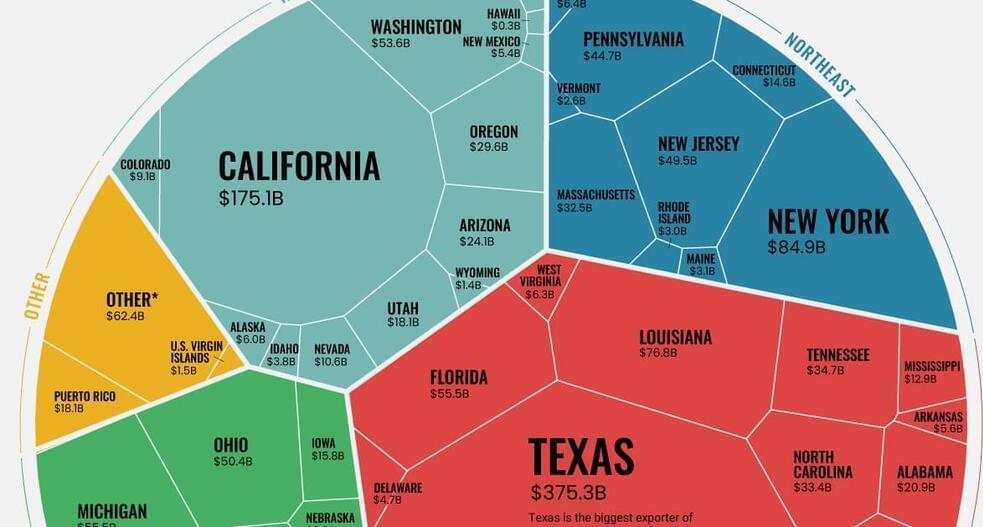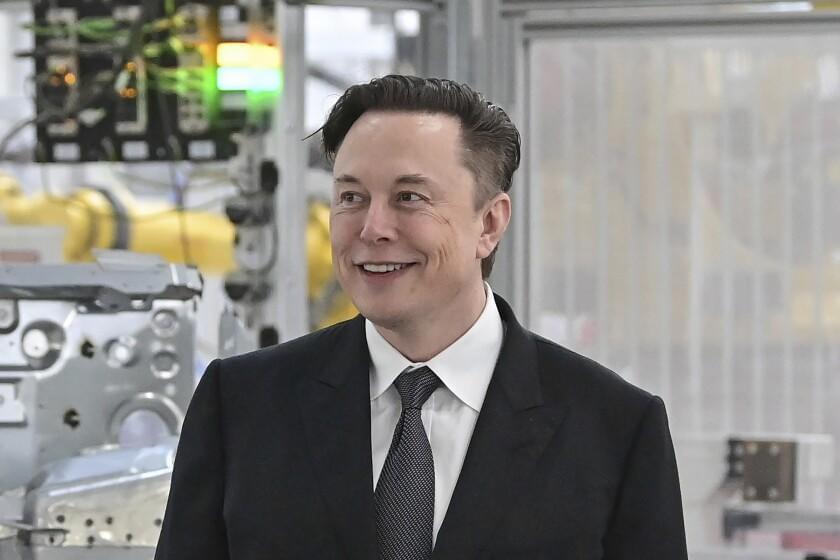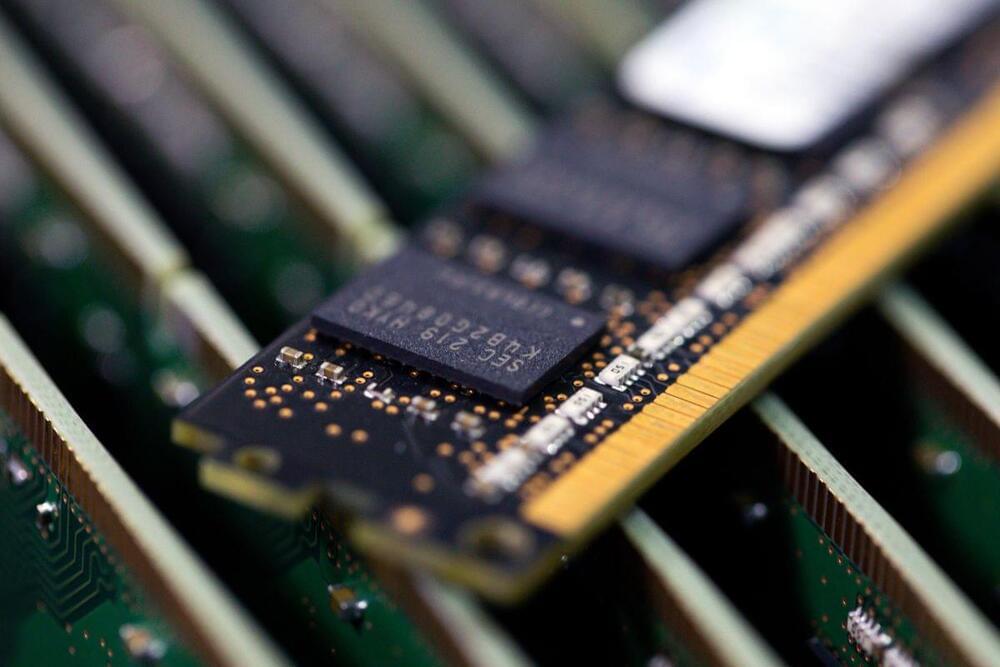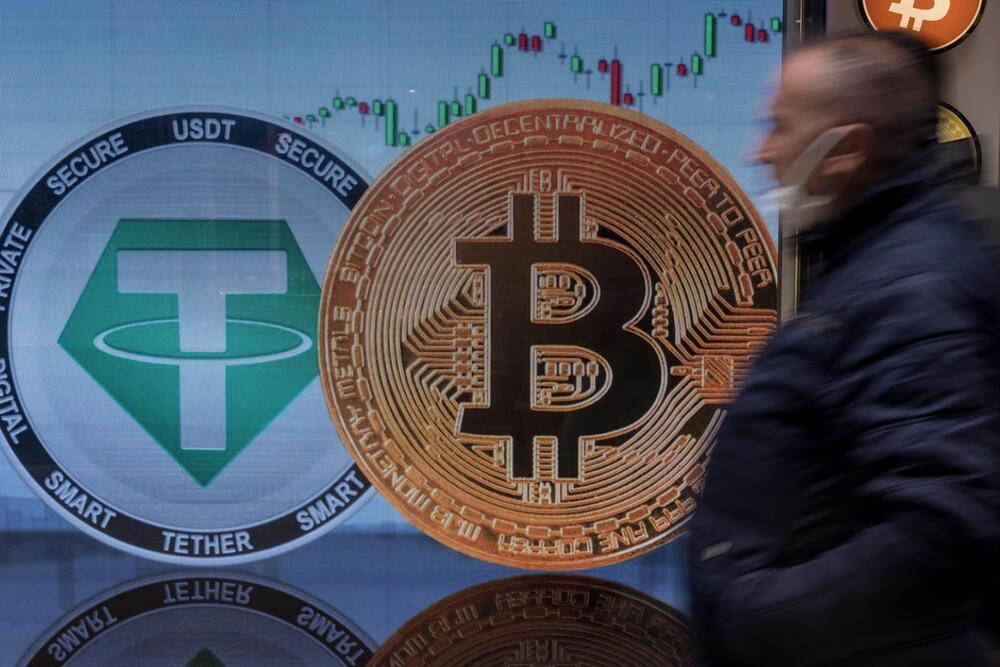While Taiwan still allows Russia and Belarus to purchase CPUs from businesses within the East Asian country, there are some big caveats: their clock frequencies cannot exceed 25 MHz, and performance is limited to under 5 GFLOPS.
DigiTimes reports that Taiwan’s Ministry of Economic Affairs (MOEA) published a list this week of strategic high-tech commodities banned from exportation to Russia and Belarus. The latter country is included as MOEA believes it could help Russia import such goods.
The list, which is in accordance with Category 3 to Category 9 of the Wassenaar Arrangement, covers not only modern chips but also technology that could make or reverse engineer them, including lithography equipment, scanners, and scanning electron microscopes.








